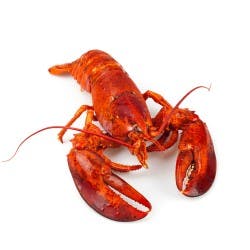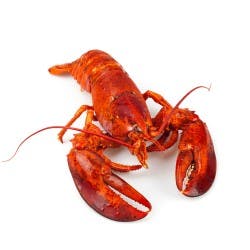SEATTLE, WA, JULY 28, 2016 -- The United States Environmental Protection Agency has reached an agreement with the Norton Sound Economic Development Corporation, owners and operators of the Norton Sound Seafood Products Company, over alleged wastewater discharge violations at their Nome, Alaska plant.
During a 2016 inspection, EPA found many violations of the company's seafood processing discharge permit, including:
· Failure to adequately monitor its grinders, waste conveyance system, the sea surface, and the nearby shoreline;
· Failure to identify the discharge location and chemicals used in their tote washing process
· Exceeding the dimension requirements for seafood processing waste residues
· Failure to complete all reporting and record keeping required under the permit
The agreement resolves the alleged violations and includes a $51,050 penalty. By regularly inspecting facilities of all sizes, EPA helps maintain a "level playing field" among all permitted processors and insures that permit violators do not enjoy an unfair economic advantage over their permit-abiding competitors.
Seafood processors are required to have current wastewater discharge permits to protect the waters that receive their ground waste, which often includes entrails, bones, fins, shells, and other unmarketable trimmings. At the Norton Sound facility, strong tidal and river currents help disperse the waste, but that is not always the case. Larger processing facilities can generate enormous volumes of seafood waste that, if not managed properly according to their permit, can cause serious harm to the underwater environment. In some cases, processing waste also accumulates on the sea surface and shoreline. Such accumulation can attract pests, scavengers and create noxious odors.
Growing unnoticed beneath the surface, piles of waste can accumulate, suffocating underwater life by cutting off oxygen. Broad areas of the bottom are sometimes carpeted with a thick layer of viscous, gelatinous goo, a result of anaerobic decomposition. In the worst cases, these fish processing waste "dead zones" can cover acres of seafloor.
By properly managing waste and meeting their discharge permit limits, seafood processors can safeguard the marine environment and profit from America's recognition of seafood as an important part of a healthy diet.



